Spicebush
- October 18, 2023
- 0 comment
Spicebush, scientifically known as Lindera benzoin, is a captivating native shrub that graces the woodlands and wetlands of North America. It’s renowned for its aromatic qualities and diverse uses, making it a cherished addition to both natural landscapes and gardens.

The spicebush is known for its delicate, glossy green leaves and vibrant red berries, which serve as a vital food source for birds and other wildlife. Its leaves, when crushed, emit a pleasant, spicy fragrance, giving the plant its name. Historically, Native American tribes utilized various parts of the spicebush for medicinal and culinary purposes, employing it to alleviate ailments and as a spice in cooking. Additionally, the plant serves as a larval host for the striking spicebush swallowtail butterfly. With its ecological significance and aromatic allure, the spicebush remains a charming and valuable component of North America’s natural heritage.
| Characteristics | Description |
| Scientific Name | Lindera benzoin |
| Common Names | Spicebush, Northern Spicebush |
| Native Range | Eastern and Central North America |
| Plant Type | Deciduous shrub |
| Height | Typically 6 to 12 feet (1.8 to 3.7 meters) |
| Leaves | Glossy, elliptical, dark green, aromatic when crushed |
| Flowers | Small, yellow-green, appearing in early spring |
| Fruit | Bright red, berry-like drupes |
| Fragrance | Spicy, aromatic when leaves or stems are bruised |
| Wildlife Value | Provides food for birds, serves as a host plant for spicebush swallowtail butterflies |
| Historical Uses | Utilized by Native American tribes for medicinal and culinary purposes |
| Habitat | Found in woodlands, wetlands, and along streams |
| Conservation Status | Not considered endangered; it’s a valuable native species |
| Garden Use | Attractive in landscaping, suitable for wildlife gardens |
| Growing Conditions | Prefers moist, well-drained soil and partial to full shade |
| Seasonal Interest | Attractive in various seasons, especially spring and fall |
Botanical Beauty of Spicebush
In the enchanting realm of North American woodlands and wetlands, there’s a botanical gem that commands attention – the Spicebush. Scientifically known as Lindera benzoin, this deciduous shrub is celebrated for its captivating beauty and multifaceted appeal. With its glossy, dark green leaves and vibrant red berries, the Spicebush adds a touch of elegance to its natural habitat and to gardens fortunate enough to host it. However, its allure doesn’t end with aesthetics alone; this plant has a rich tapestry of ecological significance and practical uses that make it a cherished component of our landscape.
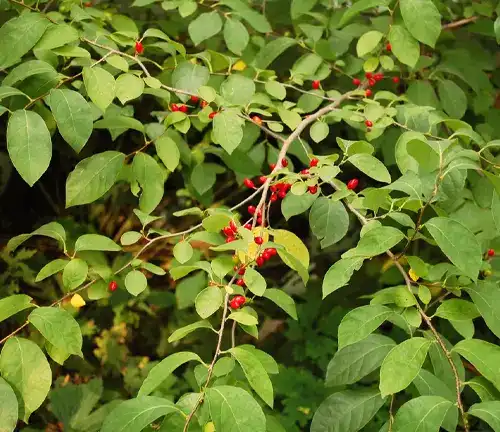
Woodland Elegance
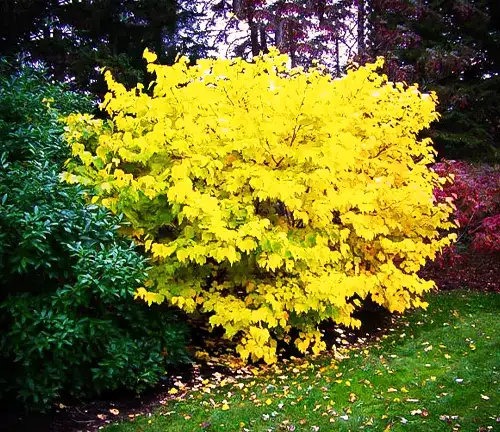
The Spicebush, with its gracefully arching branches and delicate foliage, brings an air of woodland elegance wherever it thrives. It typically reaches a height of 6 to 12 feet, making it a delightful presence in the understory of eastern and central North American forests. Its elliptical, aromatic leaves, when brushed, release a subtle but delightful spicy fragrance, which not only adds to its charm but also inspired its common name. In early spring, this unassuming shrub bursts into life with small, yellow-green flowers that blanket the branches, making it a picturesque sight in the woods.
Ecological Importance
Beyond its aesthetic value, the Spicebush plays a vital ecological role. The bright red berries that adorn its branches serve as a crucial food source for various bird species, including songbirds and thrushes. Additionally, the Spicebush is the primary host plant for the stunning spicebush swallowtail butterfly. The larvae of these butterflies rely on the Spicebush as their sole source of sustenance, highlighting its importance in supporting local biodiversity.

Cultivation and Conservation
For those looking to cultivate the Spicebush, it thrives in moist, well-drained soils and prefers partial to full shade, making it an excellent choice for woodland gardens or naturalized areas. While it’s not considered an endangered species, it’s still important to appreciate and conserve this native shrub for its ecological significance and cultural value. Efforts to protect its natural habitat and promote its cultivation can help ensure its continued presence in our landscape.
Fragrance
One of the most delightful aspects of the Spicebush is its fragrance. Gently crushing the leaves or stems releases a distinct spicy aroma, which is not only pleasing to the senses but has also contributed to its name. This natural perfume adds a unique dimension to the plant, making it a sensory experience for those who encounter it in the wild.
Soil Stabilization

Besides its aesthetic and aromatic qualities, the Spicebush also serves a practical function. Its root system plays a role in soil stabilization, helping to prevent erosion along streambanks and in wetland areas. This is yet another reason to appreciate this unassuming shrub for its contribution to environmental conservation.
Common Uses
Historically, Native American tribes recognized the value of the Spicebush, using various parts of the plant for medicinal and culinary purposes. The leaves and twigs were employed to create herbal remedies to alleviate ailments, and the dried berries found use as a spice in cooking, imparting a unique flavor to dishes. The Spicebush stands as a testament to the wisdom of indigenous communities, who understood its versatile utility.
Benefits
In conclusion, the Spicebush stands as a testament to the beauty and ingenuity of the natural world. Its aesthetic appeal, ecological significance, and practical uses make it a remarkable and versatile plant. From providing food for wildlife to adding fragrance to woodlands and enriching our knowledge of traditional uses, the Spicebush serves as a botanical treasure deserving of our admiration and protection. In preserving and cultivating this species, we can ensure that the Spicebush continues to grace our landscapes and enrich our lives for generations to come.
Different Species
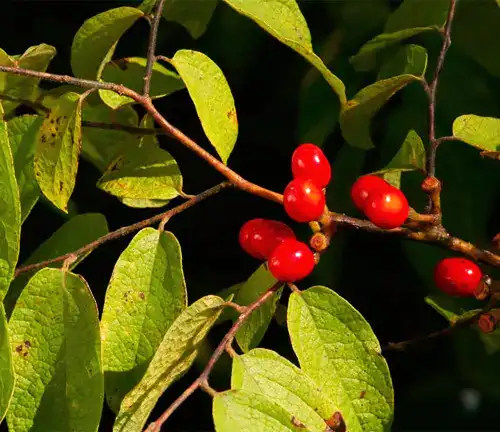
Lindera melissifolia
(Pondberry)
This species is also native to North America and is commonly known as pondberry. It is a small shrub that prefers wetland habitats and produces small, red drupes. Pondberry is listed as an endangered species due to habitat loss and has a limited range in the southeastern United States.
Lindera sericea
(Silky Spicebush)
Silky spicebush is found in parts of North America and East Asia. It is a deciduous shrub with aromatic leaves and small, greenish-yellow flowers. The plant is known for its silky-hairy twigs and is valued for its ornamental qualities.
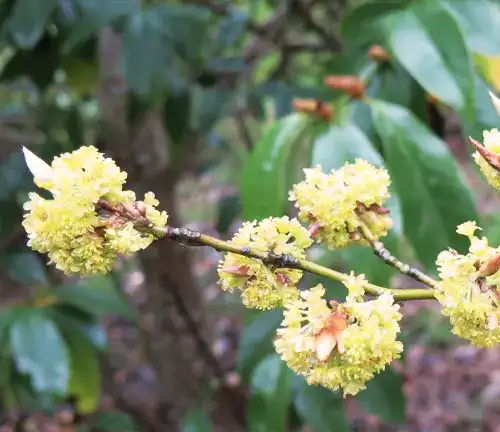
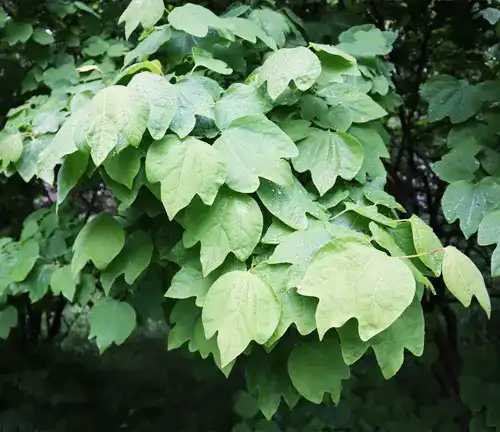
Lindera obtusiloba
(Japanese Spicebush)
This species is native to East Asia and is known as Japanese spicebush. It has distinctive obtuse (blunt-tipped) leaves and is often used in traditional Asian medicine and cuisine.
Lindera aggregata
(Chinese Spicebush)
Found in East Asia, this species is known as Chinese spicebush. It has aromatic leaves and is used in traditional Chinese medicine for its various health benefits.
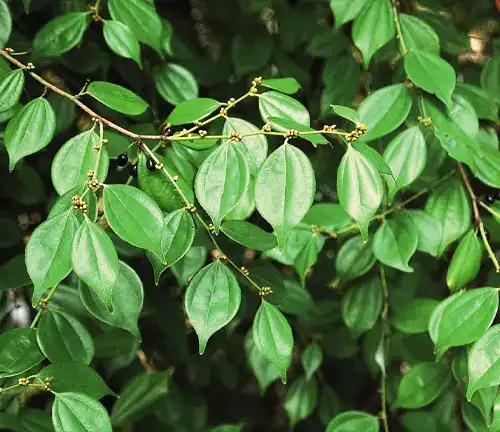
Frequently Asked Questions (FAQs)
- What is Spicebush?
Spicebush refers to various species of aromatic shrubs, primarily those in the Lindera genus. They are known for their aromatic leaves and, in some cases, bright red berries. - Where is Spicebush found?
Different species of spicebush are found in various regions, including North America, East Asia, and other parts of the world. The specific species and their locations vary. - What are the key identifying features of Spicebush?
Common identifying features include glossy green leaves, aromatic qualities when leaves or stems are crushed, and, in some species, red or greenish-yellow flowers and berries. - How do I grow Spicebush in my garden?
Spicebush is typically grown in gardens by planting it in well-drained, moist soil and providing partial to full shade. Specific cultivation requirements may vary depending on the species and local climate. - What wildlife does Spicebush attract?
Spicebush provides food for birds, such as songbirds and thrushes, due to its red berries. It also serves as a host plant for the spicebush swallowtail butterfly. - Can I use Spicebush for culinary purposes?
Yes, some species of spicebush have edible parts, like leaves and berries, that are used as a spice or flavoring in cooking. However, it’s essential to use them in moderation and follow culinary guidelines. - Are there any medicinal uses for Spicebush?
Historically, indigenous communities in North America and East Asia have used various parts of spicebush for medicinal purposes. It’s recommended to consult with experts or herbalists for safe and proper usage. - Is Spicebush a threatened or endangered species?
While some species may be of conservation concern, such as pondberry (Lindera melissifolia), many spicebush species are not considered endangered. Efforts to conserve their natural habitats are essential, though. - Can Spicebush be invasive in certain areas?
Spicebush is generally not considered invasive. However, it’s crucial to select appropriate native species for your region to avoid potential ecological disruptions. - How can I contribute to the conservation of Spicebush?
You can support the conservation of spicebush by planting native species in your garden, participating in local habitat restoration projects, and spreading awareness about the ecological importance of these plants.


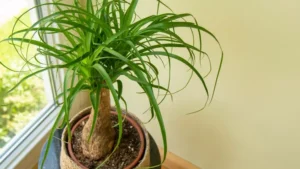
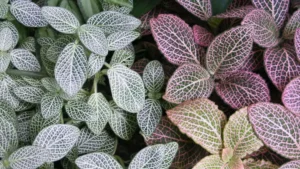
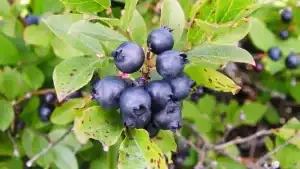
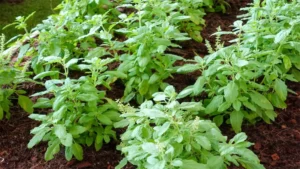


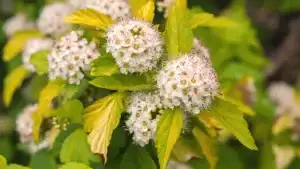

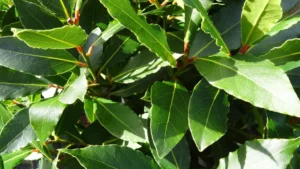
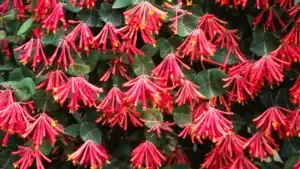


Leave your comment